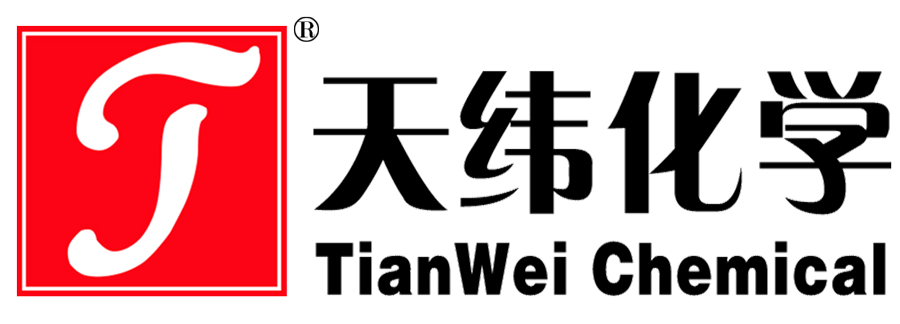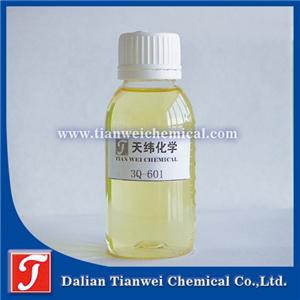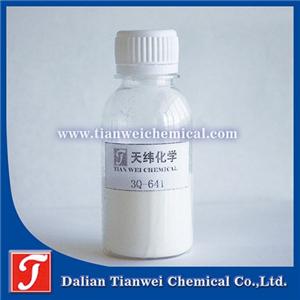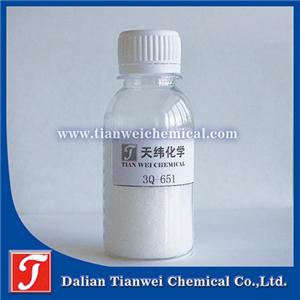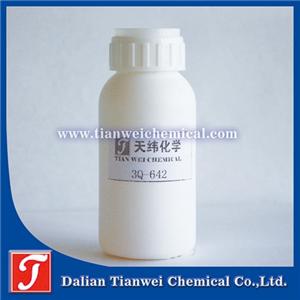Water-based textile coatings, bactericidal and preservative agents, have stable performance in extending service life
Water-based textile coating preservatives and bactericides are chemical additives used in water-based textile coatings. They can effectively kill or inhibit microorganisms (including bacteria, fungi and algae, etc.) in the coatings, prevent the coatings from being contaminated and decaying, thereby extending the service life of the coatings and maintaining their stable performance.
I. Main Functions
Sterilization and anti-corrosion: Kill or inhibit microorganisms in the coating to prevent the coating from deteriorating due to microbial growth, such as water separation, stratification, demulsification, mold spots, and odor.
Protect the performance of coatings: By preventing microbial contamination, maintain the stability of physical and chemical properties such as viscosity and dispersibility of coatings, and ensure the quality of coatings during storage and use.
Ii. Common Types and Characteristics
Isothiazolinones (such as BIT, MIT, CMIT)
Features: Broad-spectrum, highly effective, and low-toxic, it can effectively inhibit Gram-positive bacteria, Gram-negative bacteria, yeasts, and molds. It has good stability and safety within a temperature range of 2-12℃, but it is prone to decomposition when the temperature exceeds 50℃.
Application: Widely used in water-based coatings, water-based polymers, metal cutting fluids, adhesives and other fields.
Benzimidazoles (such as BCM)
Features: Dry film anti-mold and anti-algae agent, capable of killing or inhibiting most molds. Its main functions are to prevent mold and algae. By interfering with the mitosis of pathogen cells, it inhibits their growth.
Application: Suitable for coating systems that require long-term mold and algae prevention.
Pyrithione types (such as zinc pyrithione ZPT)
Features: Broad-spectrum, highly efficient and low-toxicity anti-mold and anti-algae agent, suitable for both dry film anti-mold and dry film anti-algae. It can inhibit the growth of Gram-positive and Gram-negative bacteria as well as molds.
Application: It performs exceptionally well in coatings that require both mold and algae resistance.
Other types
OIT: Long-lasting and broad-spectrum, low toxicity, dual anti-mold and anti-algae effects, wide applicable pH range (can be used at pH values of 5 to 9), stable under strong ultraviolet rays and acid rain conditions.
DCOIT: Highly efficient and broad-spectrum, with good compatibility, low toxicity and easy decomposition. It can be used as a preservative in cans, for dry film mold prevention, and is also an efficient algaecide.
IPBC: A dry film anti-mold and bactericide with broad-spectrum antibacterial activity, especially having a strong inhibitory and killing effect on various fungi, molds, yeasts and algae. It contains no formaldehyde, formaldehyde-releasing substances, phenolic substances or heavy metals. It has excellent safety indicators and treatment characteristics and is effective within the pH range of 4 to 9. However, when exposed to ultraviolet light, it will change color due to photo-oxidation, so its application in white paint should be done with caution.
Iii. Selection Principles
Broad-spectrum bactericidal property: Select preservatives that can effectively kill various bacteria, molds, yeasts and other microorganisms to ensure that the coating is not eroded by microorganisms during storage and use.
Stability: It remains stable during the coating processing (such as high-speed and high-temperature dispersion) and in the usage environment, avoiding decomposition or failure. For instance, certain preservatives are prone to decomposition at high temperatures and thus are not suitable for use in coating systems that require high-temperature processing or application.
Environmental compatibility: Free of harmful substances such as halogens and phenols, it complies with environmental protection regulations and reduces potential harm to the environment and human health.
Compatibility with coating systems: It must be compatible with water-based coating systems, not undergo chemical reactions with other components, and not affect the physical, chemical and mechanical properties of the coating film.
Iv. Application Methods
Dosage: The general usage concentration is 0.05%-0.5% (in coatings, paints, polymer synthetic emulsions and other systems), which depends on whether the product is prone to microbial erosion and the storage environment of the product. In systems rich in materials such as protein, starch, paste, hydroxymethylcellulose, and polyvinyl alcohol, the recommended addition amount is 0.2%-0.3%.
The timing of addition: It can be added at any stage of paint production, but to ensure the even dispersion of the preservative, it is usually added during the paint mixing stage.
Stir well: After adding the preservative, it is necessary to stir thoroughly to ensure the even distribution of the preservative in the coating.
